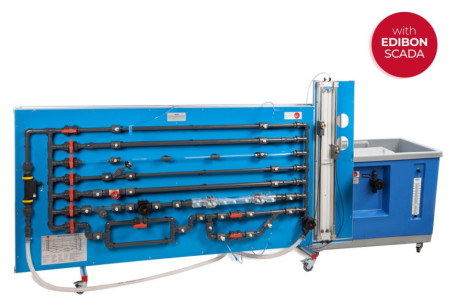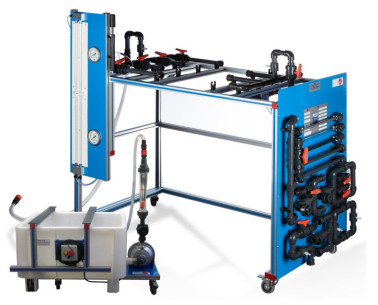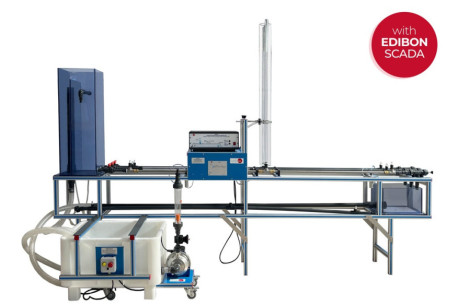Today, we would like to share with you the latest installation we have completed at the Chemical Engineering Department of Institut Teknologi Sepuluh Nopember in Indonesia.
At EDIBON, we are committed to strengthening skills as a strategic pillar for the competitiveness and social well-being of the European Union. Proper training not only boosts the economy but also enables individuals to fully participate in society and democracy.
Are you a teacher or do you work as an engineering researcher? EDIBON offers courses for teachers and #research staff. Take a look at the course of Fluid Mechanics and learn about #fluids properties. #DiscoverEdibon #Engineering.
 Cookie-Präferenzen
Cookie-Präferenzen



















